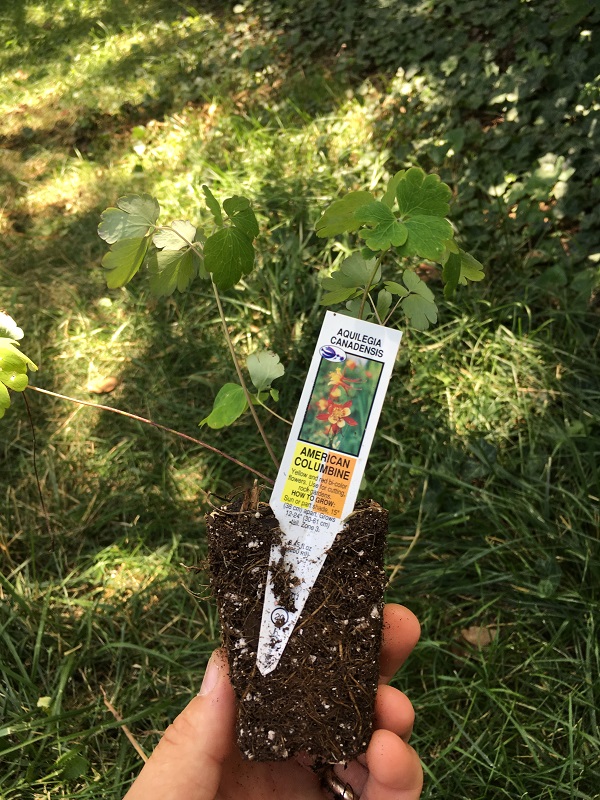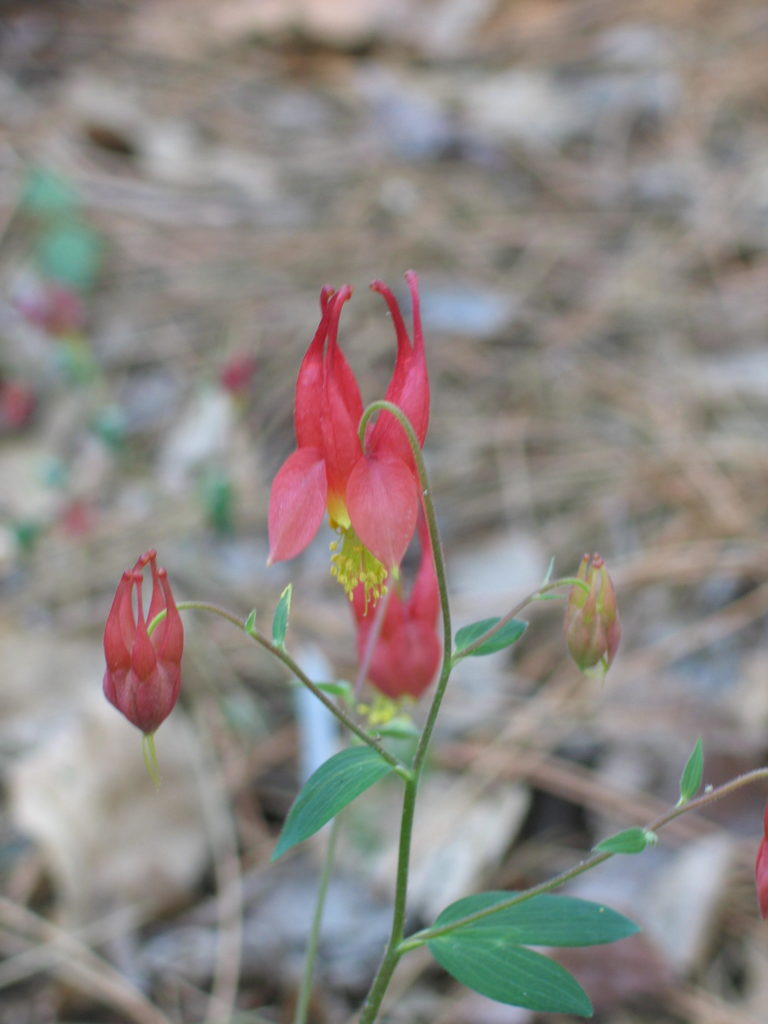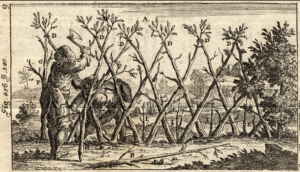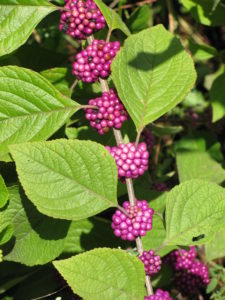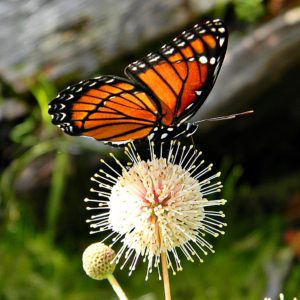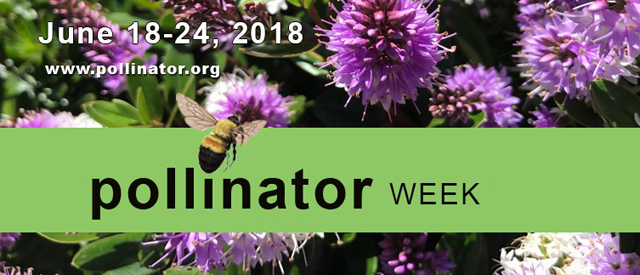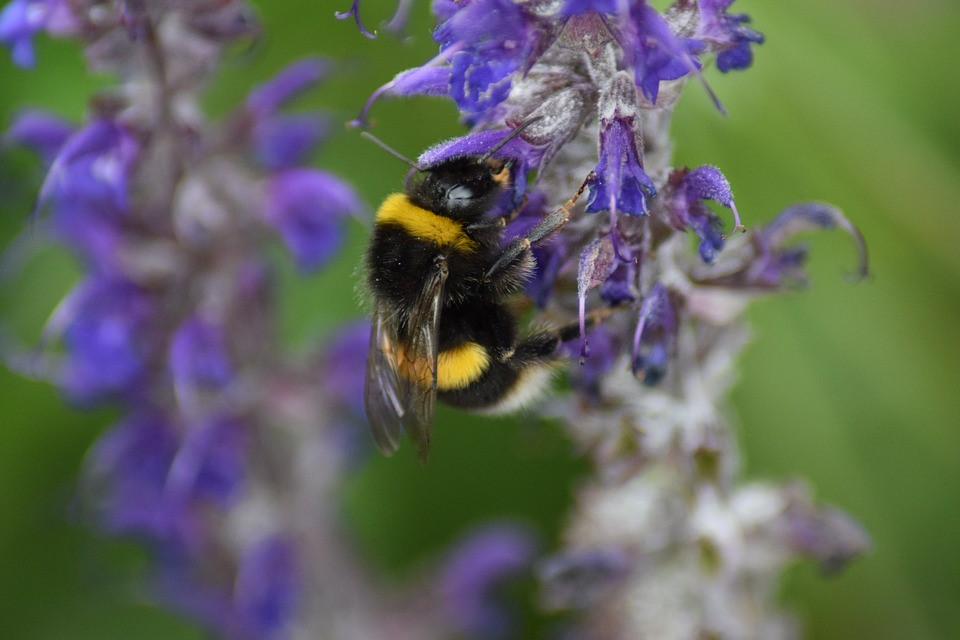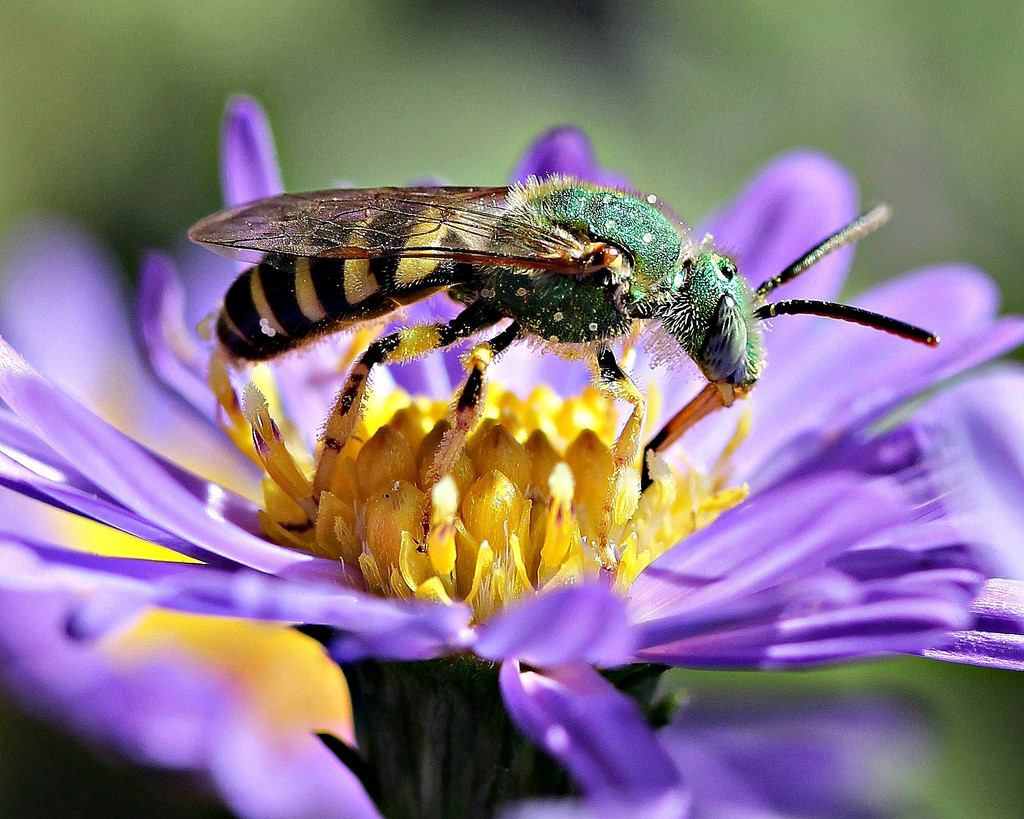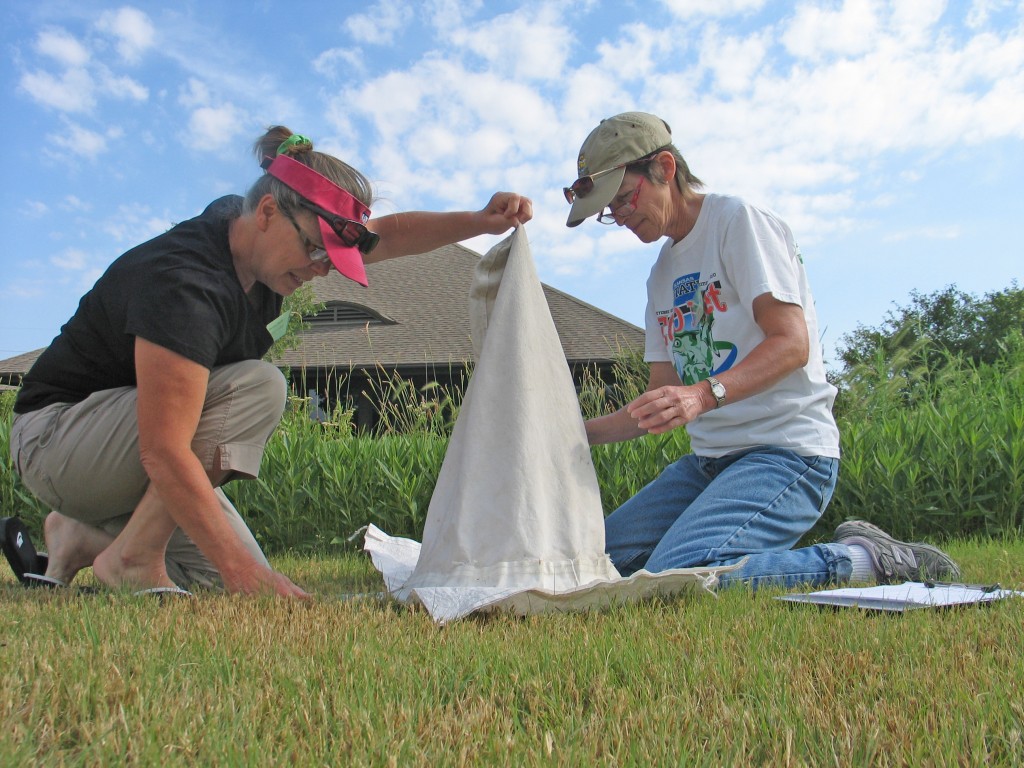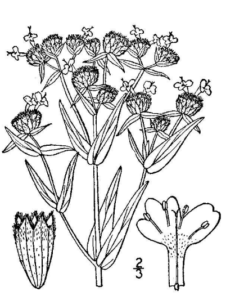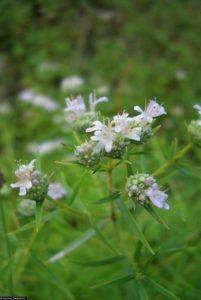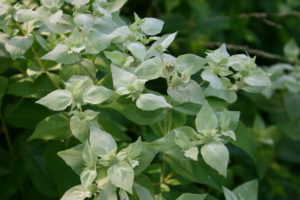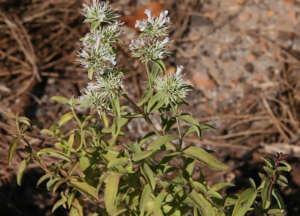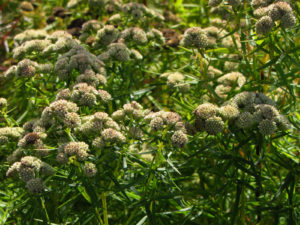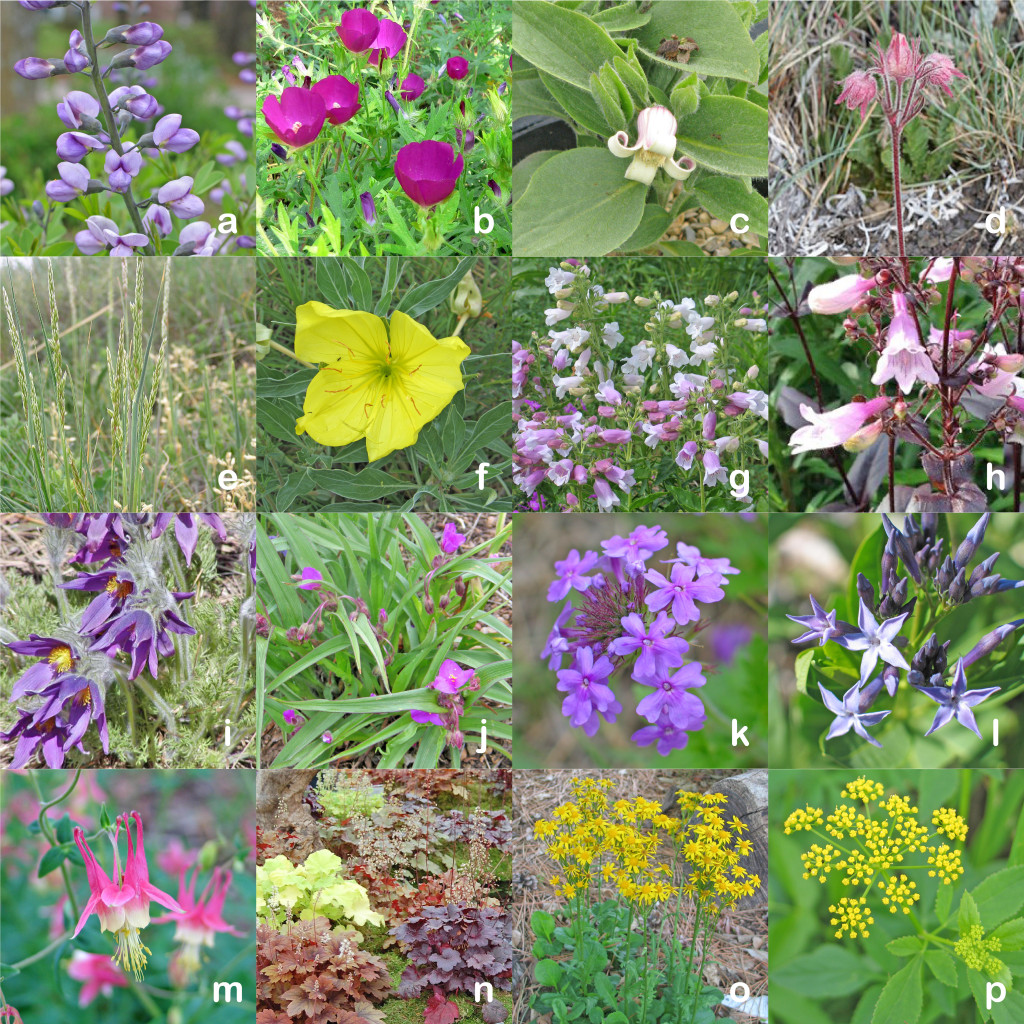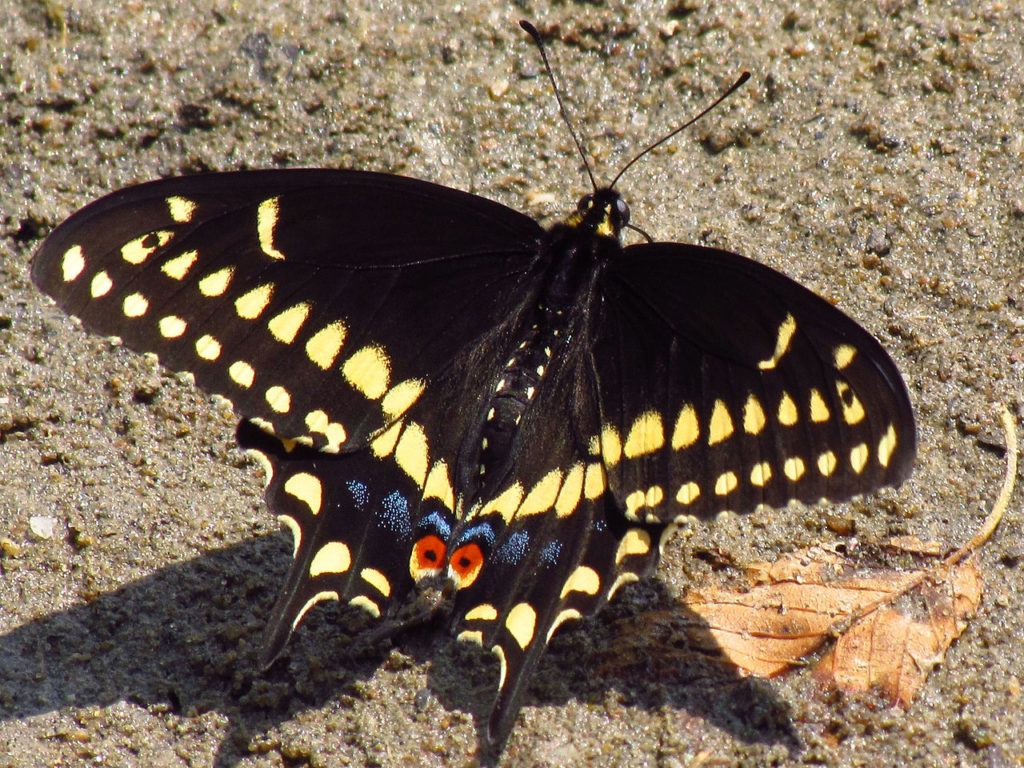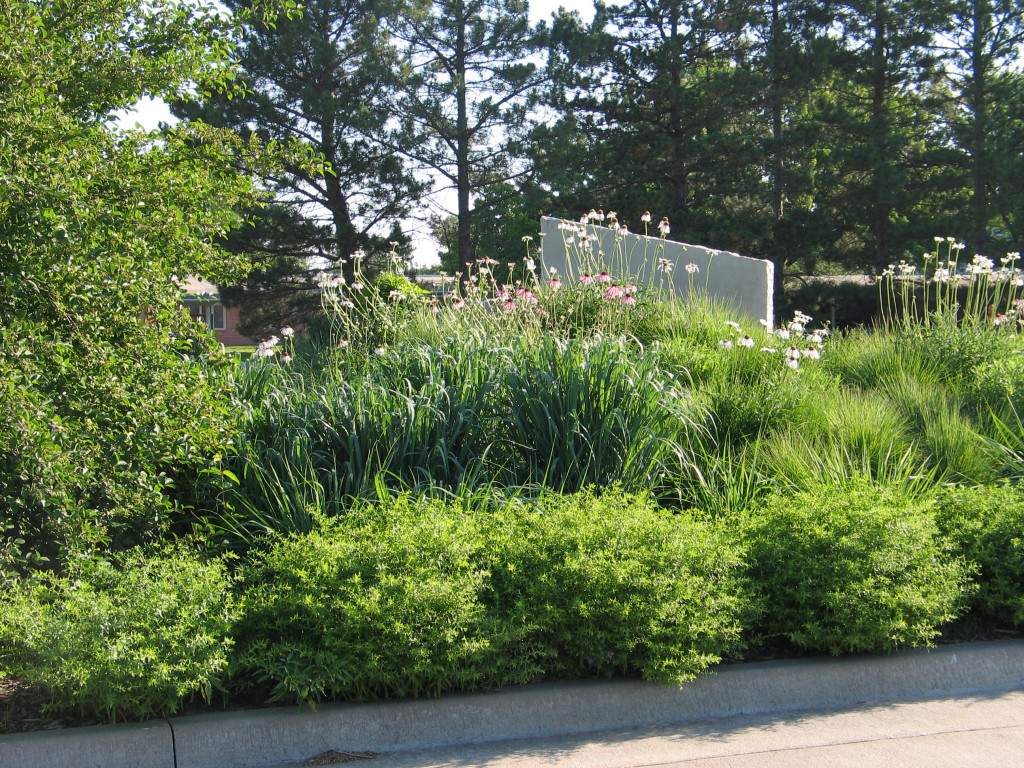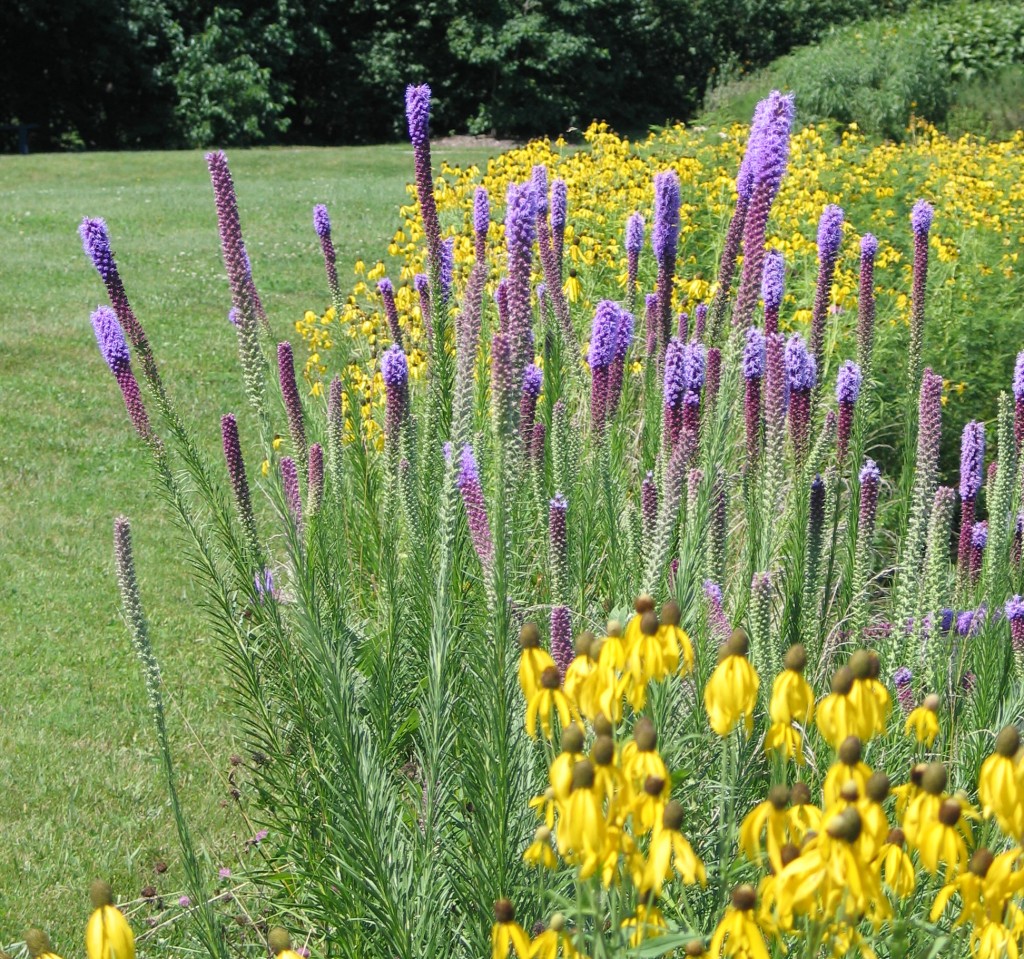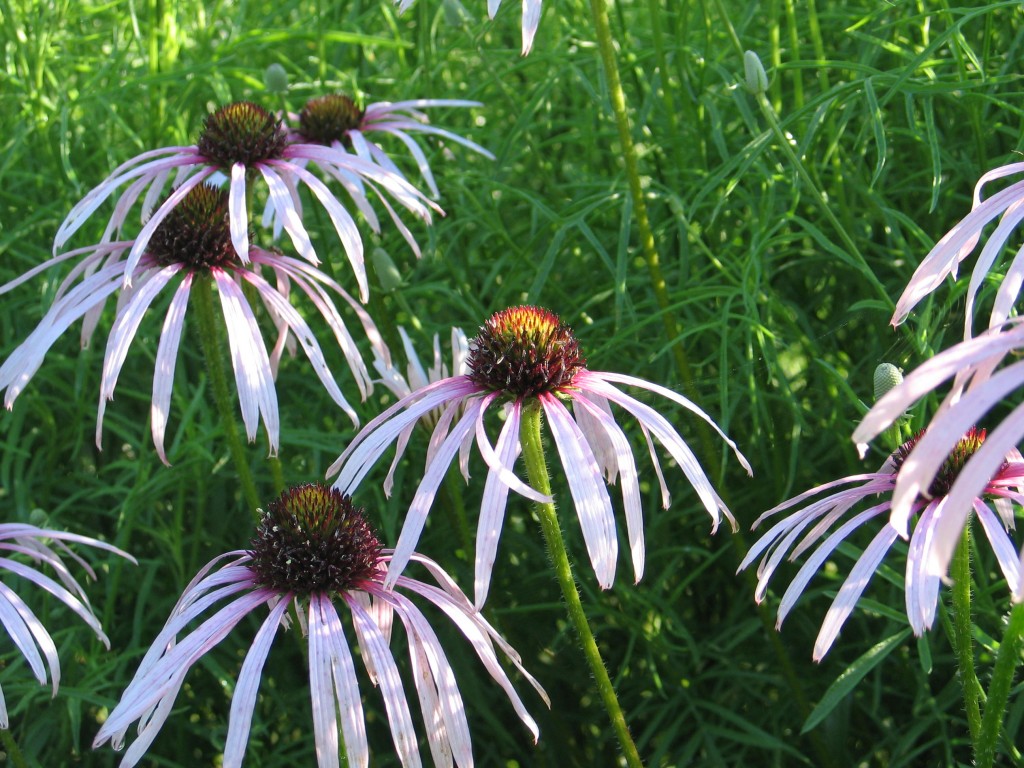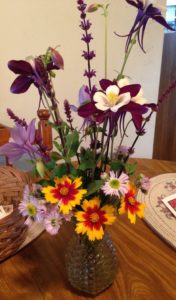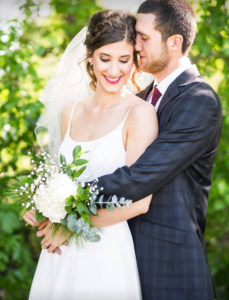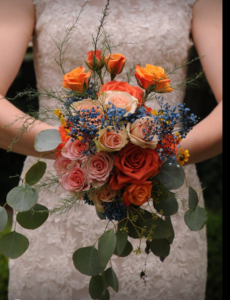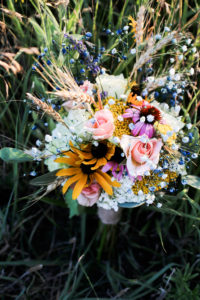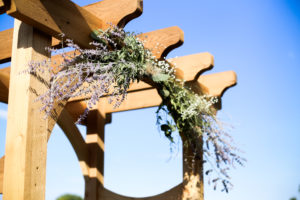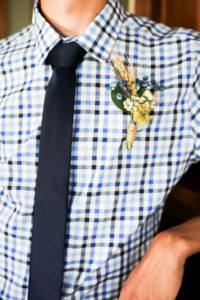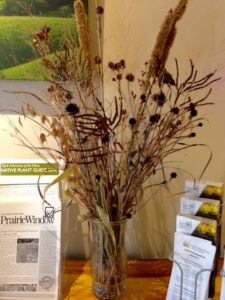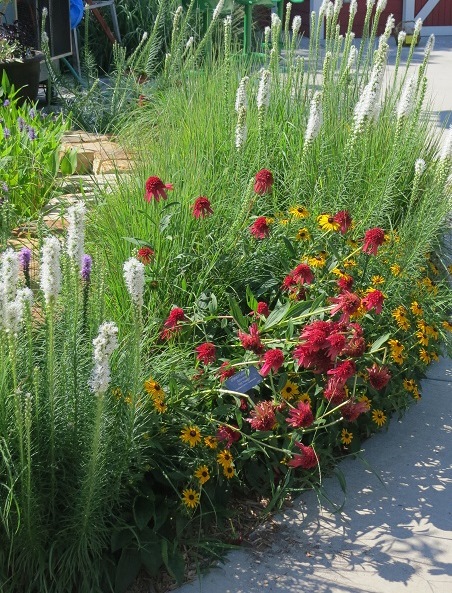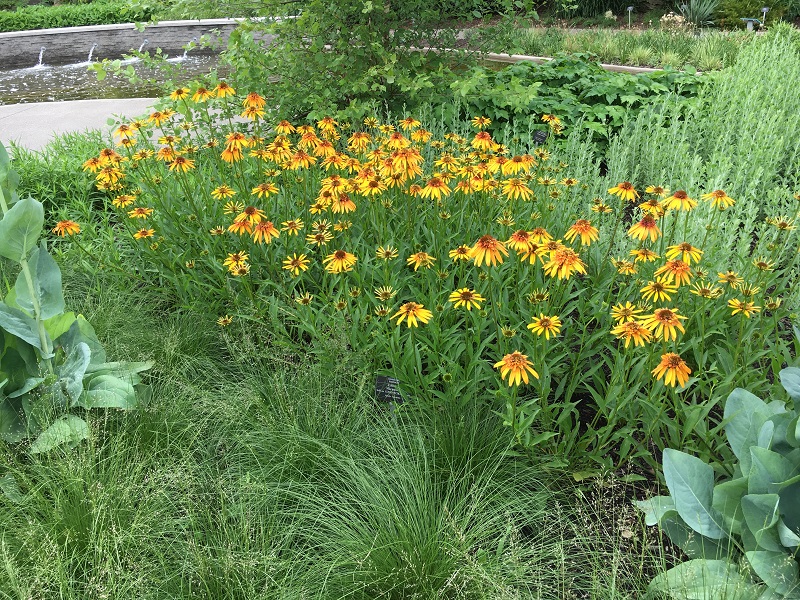Plants are the pharmacy of the world, providing us with healing elixirs for all manner of ailments. We often associate medicinal plants with the tropics, but North American prairie natives have much to offer as well! Indigenous North American people made use of prairie plants for medicinal and spiritual purposes. Most modern day medicines are now synthesized in labs due to cost and the risk of overharvesting wild populations. However, creating a medicine garden in your landscape can still be a rewarding pursuit!
What is a Medicine Garden?
A medicine garden is a collection of medicinally useful plants, usually organized in an aesthetically pleasing way. Instead of tromping across miles of prairie to find a certain plant, tend that species right at home instead. Medicine gardens can include herbaceous perennials, reseeding annuals, cooking herbs, and shrubs. This no new trend: many cultures throughout the world have tended medicine gardens far back into ancient times. Though plants are the basis of many healing compounds, never use a plant for medicinal purposes without checking first with your physician. Ancient peoples may have relied on herbal potions for healing, but the practice is fraught with pseudoscience and was often more harmful than helpful. Your medicine garden can be of practical use, or purely aesthetic, depending on your needs.
But with so many prairie plants, where do you start? Here are few staples to include that will bring cultural and historical significance to your garden.
Monarda fistulosa
Monarda, commonly called bee balm, is a well known medicinal plant. Not only is it beautiful and attractive to pollinators, but it is also low maintenance and drought tolerant. It keeps a clumping, upright habit and produces long lasting lavender tinted blooms early to mid summer. Native people of the Great Plains used this plant to treat all manner of ailments including colds, fevers, stomach pains and acne. You can use the fragrant leaves, with the aroma of Earl Grey tea, as dried potpourri to perfume clothing or linens. At the Arboretum, we have enjoyed using the leaves as a refreshing iced tea.

Monarda blooms profusely in this photo from Kansas Wildflowers and Grasses taken in Riley County, KS.
Echinacea angustifolia
Probably one of the best known medicinal plants in North America, purple coneflower is a must-have for any medicinal garden. According to Medicinal Wild Plants of the Prairie, “Echinacea angustifolia was the most widely used medicinal plant of the Plains Indians”(Kindscher). It grows to be 2 ft tall with thin stems topped by light purple flowers. Native people and eventually the invading European settlers used the crushed root to treat snake bites and bee stings, and other infected skin wounds. Modern science has proven coneflower power against the growth of infectious bacterias. You can chew the seeds briefly to numb the mouth and gums, creating a tingling sensation. Echinacea tinctures, teas and creams are quite popular and commercially available. This means you can get your echinacea fix without digging up your gorgeous garden!
Allium canadense
Prairie onions offer delicate blooms and strappy foliage, a great addition to the front border of any garden. The bulb of wild onions was traditionally used to treat coughs (if drunk in a tea) and insects stings (when applied topically). Plains people used an infusion of the bulb to treat ear infections. Interestingly, combined with Monarda it was used to cool the skin around swellings or sores (Kindscher, Medicinal Wild Plants of the Prairie 1992). Several of toxic bulb plants look similar to alliums, so take caution when including these in your medicine garden.
There are too many garden-worthy botanicals to mention here, but hopefully I have piqued your curiosity. For more detailed information about the relationships between these plants and specific tribes and nations of indigenous people, come to our gift shop and grab a copy of Kelly Kindscher’s fascinating and well researched Edible Wild Plants of the Prairie or Medicinal Wild Plants of the Prairie. Our fall plant sale is just around the corner and expert staff will be there to help you pick out plants that will thrive in your landscape for years to come.



